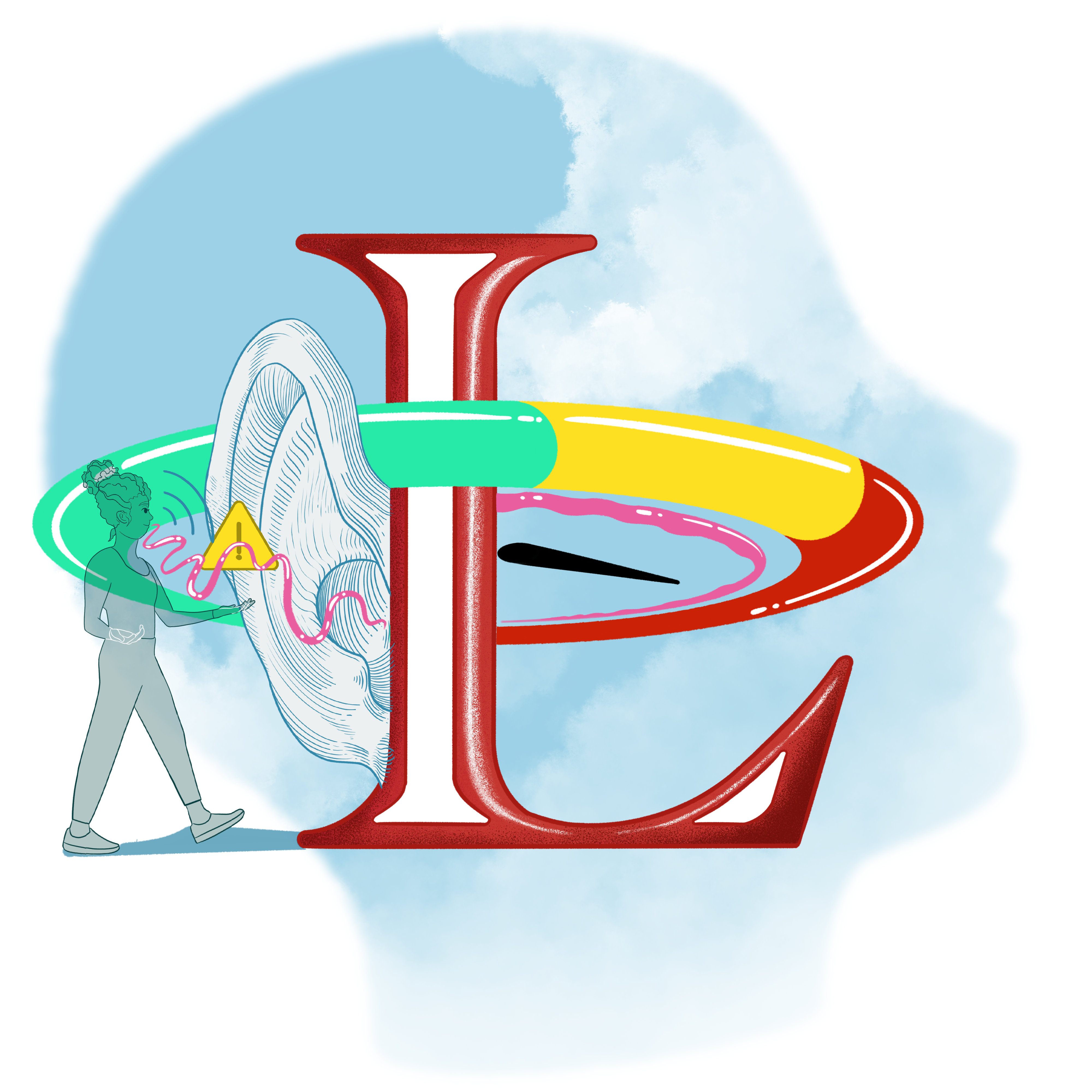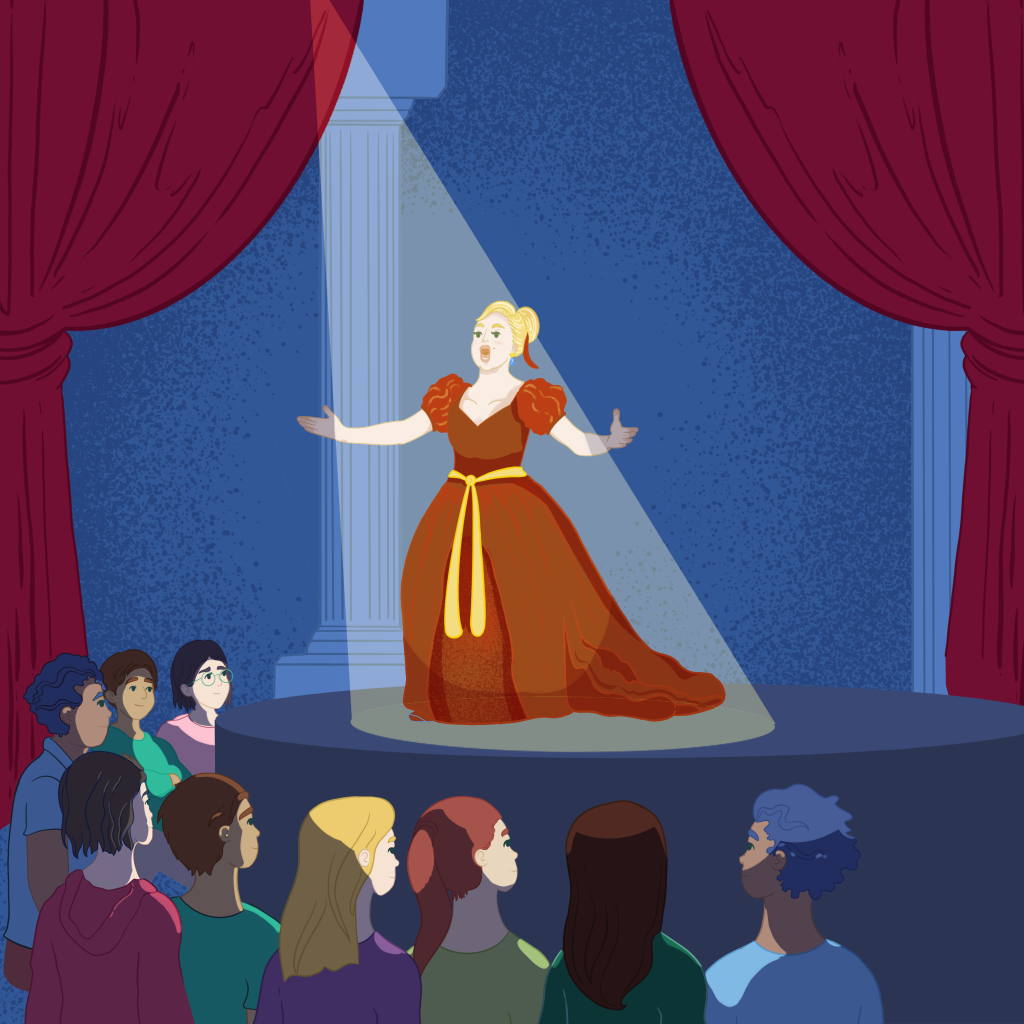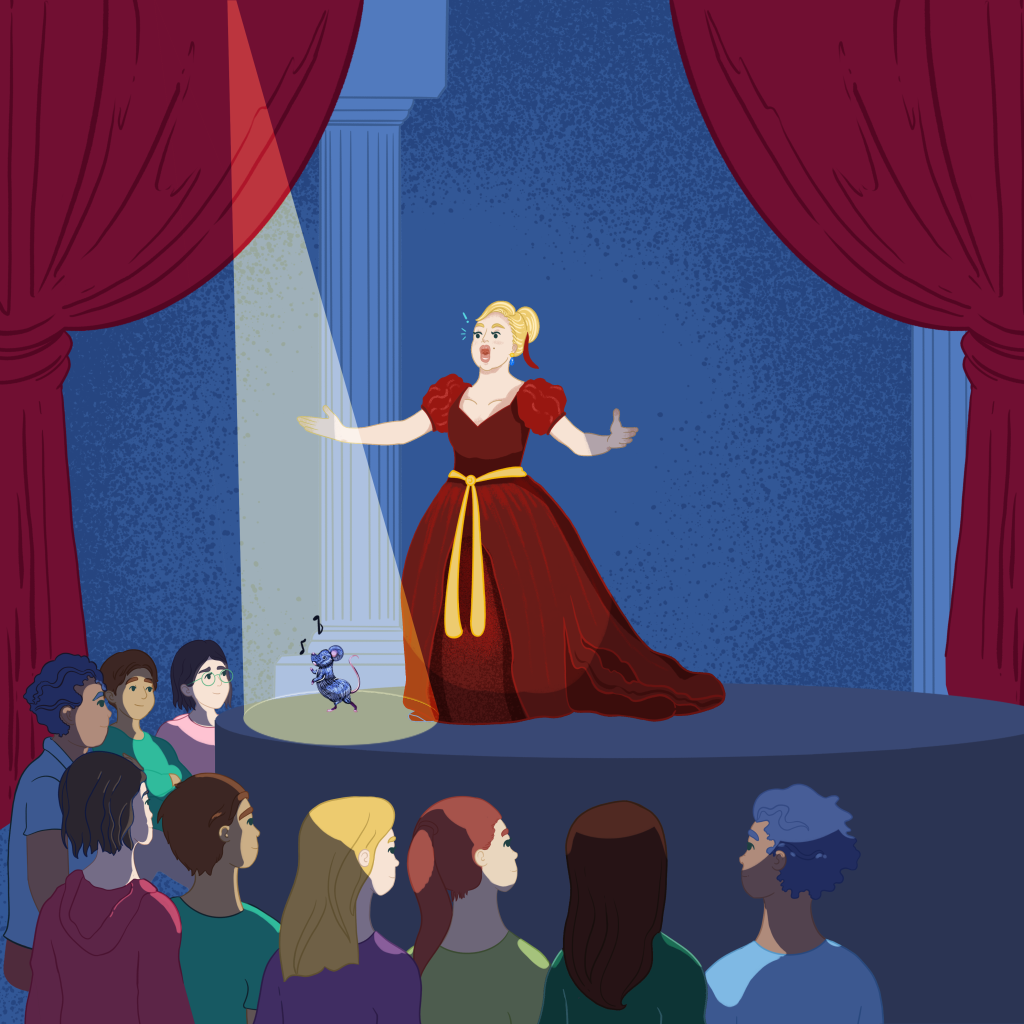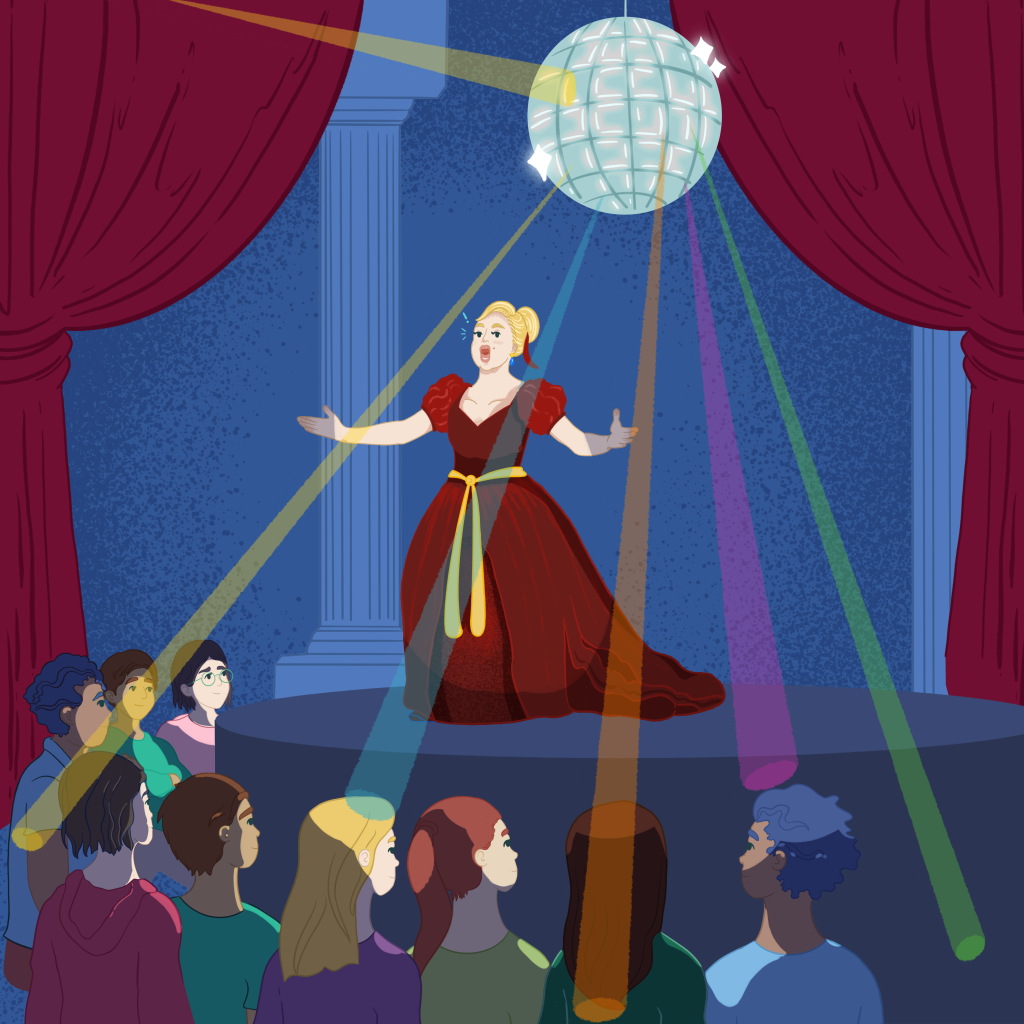1 Listen

“L” LISTEN
The “L” of LEARN stands for “LISTEN“. Learning requires listening in the form of attention. You have probably been asked to pay attention many times in your life. Most students are surprised about the importance of attention in learning. However, students are not usually given instruction on how to pay attention and how critical attention is for further learning to take place. In addition, there are so many things competing for our attention when we are trying to learn. In this module, I will describe the importance of listening and attention for overall learning to occur.
Learners gain knowledge and skill by:
• Understanding the limits of attention
• Practicing listening
• Engaging in exercises to build focus and motivation to learn
I would like to ask you a few questions about your own listening skills as they are applied to learning.
Use the blue arrow ![]() on the right side to move through the questions.
on the right side to move through the questions.
These questions will help you to assess your own listening skills and identify areas where you may need to improve. By understanding your own strengths and weaknesses, you can develop strategies to improve your listening skills and become a more effective learner.
One of the foundations for successful learning is paying attention. It takes curiosity and motivation for learners to focus and really immerse themselves in a subject.
The science of how we learn (yes, learning can be described as a science because we need to test ideas for how learning best works and then refine our ideas – the heart of the scientific method) is part of a broader field called Cognitive Psychology. Cognitive psychologists study how mental processes like thinking and problem-solving influence behavior. Many topics in cognitive psychology (because you cannot “see” your brain thinking by looking at a person) require a metaphor. A good metaphor for the process of paying attention is to think of a spotlight. A spotlight highlights an actor on a large stage. This spotlight is required to focus on one specific thing. Comparing attention to a spotlight can help you understand three important features of attention:
1.) It is selective
2.) It is shiftable
3.) It is divisible
Attention is like a spotlight, and we can use attention to select or choose what we are listening to.

Attention can change easily. Like a spotlight, we can start to listen to one thing, and then, suddenly, our attention shifts and something else has captured our focus.

Attention can be divided to an extent. For example, attention is limited like any other human resource (e.g., breath, strength, and endurance). We only have so much of it, and sometimes we cannot choose how we use it.

For example, it may seem possible to send a text while listening to a lecture video. You may have the attention to type and send the text while still “following” along with the teacher. The problem for most is that our attentional resources are maximized by switching from putting a “spotlight” on the video lecture to typing the text. Unfortunately, we may not notice how our attention has changed and stopped us from understanding the video. If a teacher stopped the lecture, though, at the exact moment you sent the text and asked a question, it is quite likely you could not answer the question nearly as well as if you hadn’t shifted what you were paying attention to. This happens all the time, and the point is we are just not that good at deciding when and how we pay attention.
